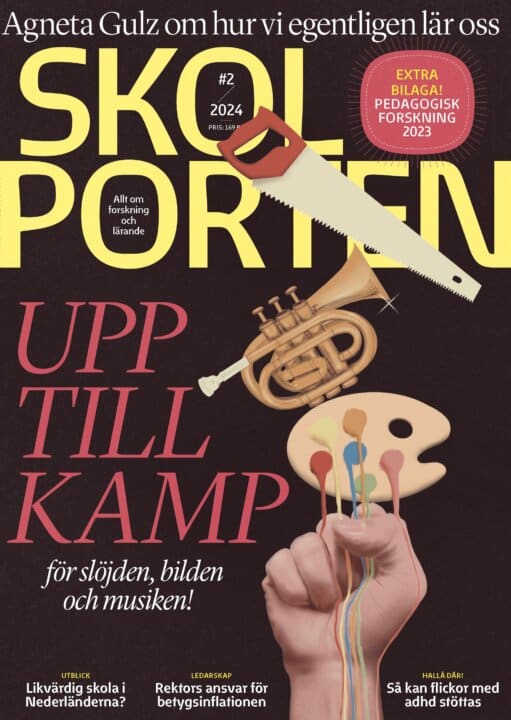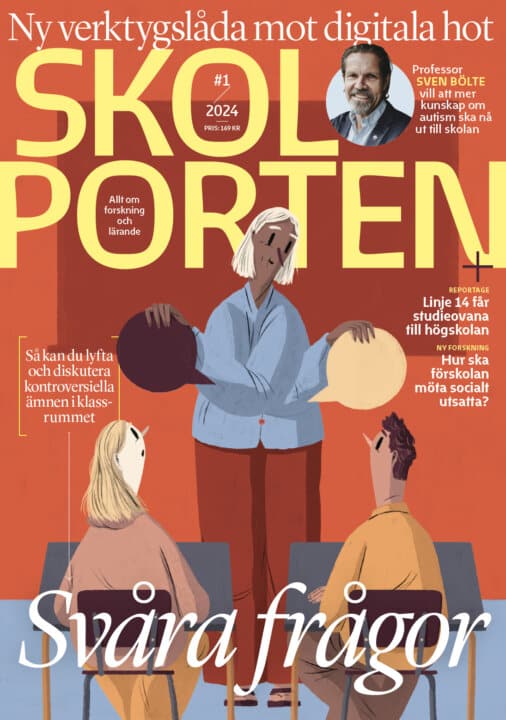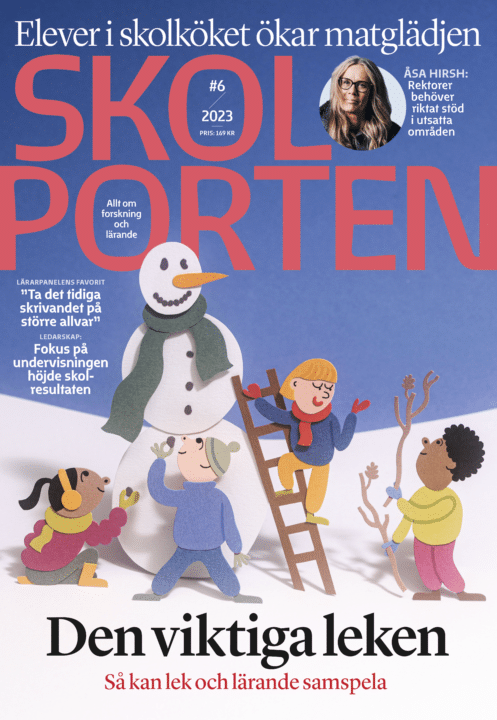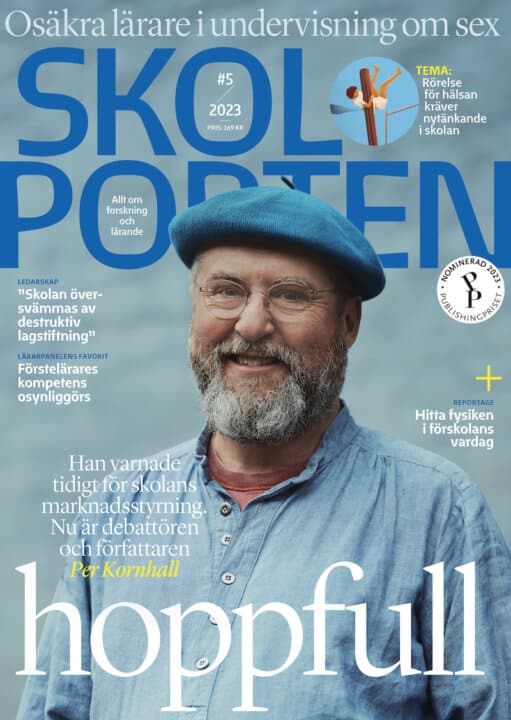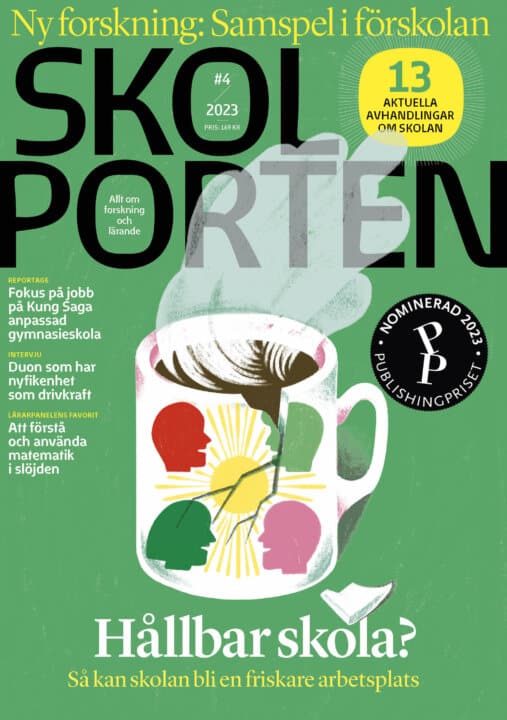The acquisition of Russian in a language contact situation – A Case Study of a Bilingual Child in Sweden
Natasha Ringblom har i sin avhandling undersökt om tvåspråkiga barn når samma milstolpar som enspråkiga barn, om det finns belägg för att två separata språkliga system utvecklats och om barnets grammatiska kompetens vad gäller båda språken skiljer sig från enspråkiga barn samt om det finns interaktion mellan språken.
Natasha Ringblom
Professor Milan Bily, Stockholms universitet, Professor Stella Ceytlin, St Petersburg Herzen University
Professor Maria Voeikova, St Petersburg University
Stockholms universitet
2012-10-06
The acquisition of Russian in a language contact situation – A Case Study of a Bilingual Child in Sweden
Slaviska institutionen
The acquisition of Russian in a language contact situation – A Case Study of a Bilingual Child in Sweden
This case study investigates the acquisition of Russian in a language contact situation. It examines a simultaneous Swedish-Russian bilingual child born and raised in Sweden. Qualitative analysis is provided from age 1;4 to 8;5 focusing especially on the earliest stages (before the end of the critical period at 4;5). The aim was to investigate (a) whether the child reaches the same milestones as monolingual children, (b) whether there is evidence that two separate linguistic systems have been developed, (c) whether the child’s grammatical competence in both languages might be qualitatively different from that of monolingual children and (d) whether there is interaction between the languages. The hypothesis tested is that ample input is needed to construct and develop two linguistic systems on a native-speaker level. The main result is that the two linguistic systems do not develop independently from each other; rather, 2L1s develop in permanent interaction where the weaker language – Russian – happens to be influenced by the stronger one – Swedish. The bilingual environment per se might lead to decreased structural complexity in the weaker language. Language dominance is viewed as a major determiner of cross-linguistic effects. This could lead to the development of a new individual variety of Russian (outside Russia). The results confirm the hypothesis that, even though there was exposure to both languages from birth onwards, the amount of input in the weaker and grammatically more complex language (Russian) received before the critical period was not enough to completely develop full native command of it. The lack of input has an impact on the acquisition of morphology: some morphological categories may have been set randomly or not at all. The structures observed are more typical of L2 than L1 acquisition. Morphology may be considered a vulnerable domain since complex morphological rules in Russian cannot develop without ample input.
Relaterade länkar

Biologi
 Åk 7–Vux
Åk 7–Vux Hållbar utveckling i förskolan
 Fsk
Fsk 

